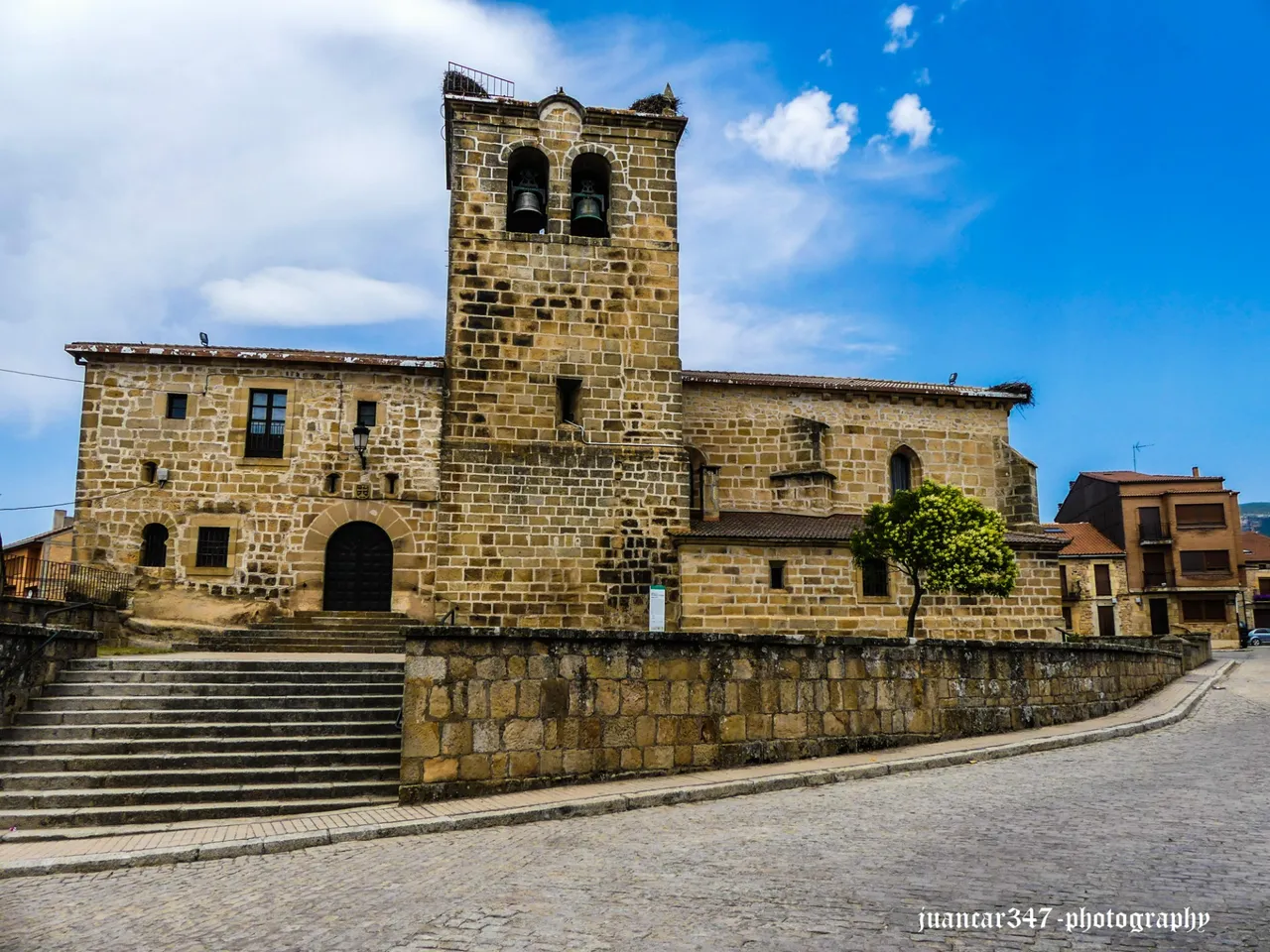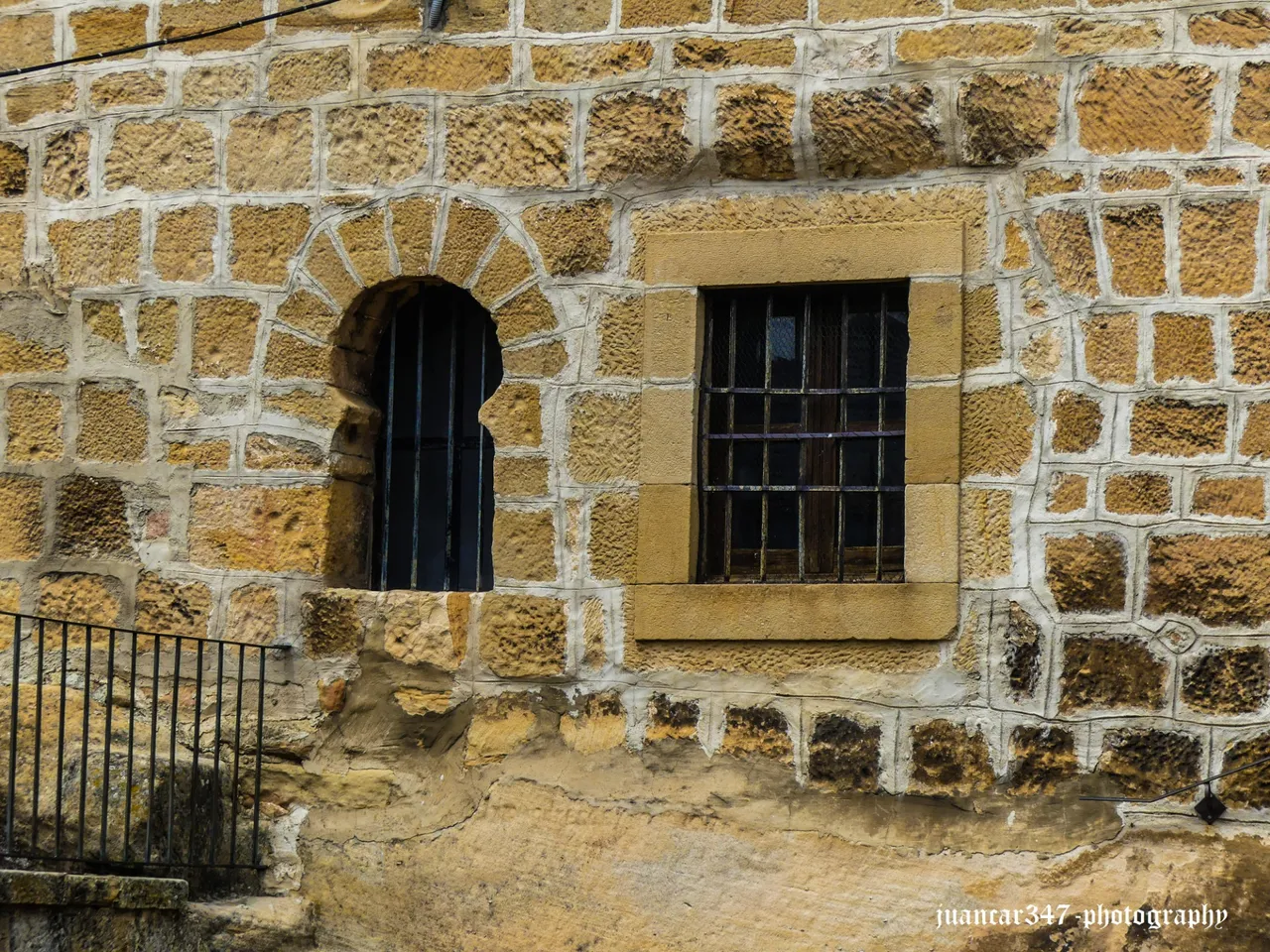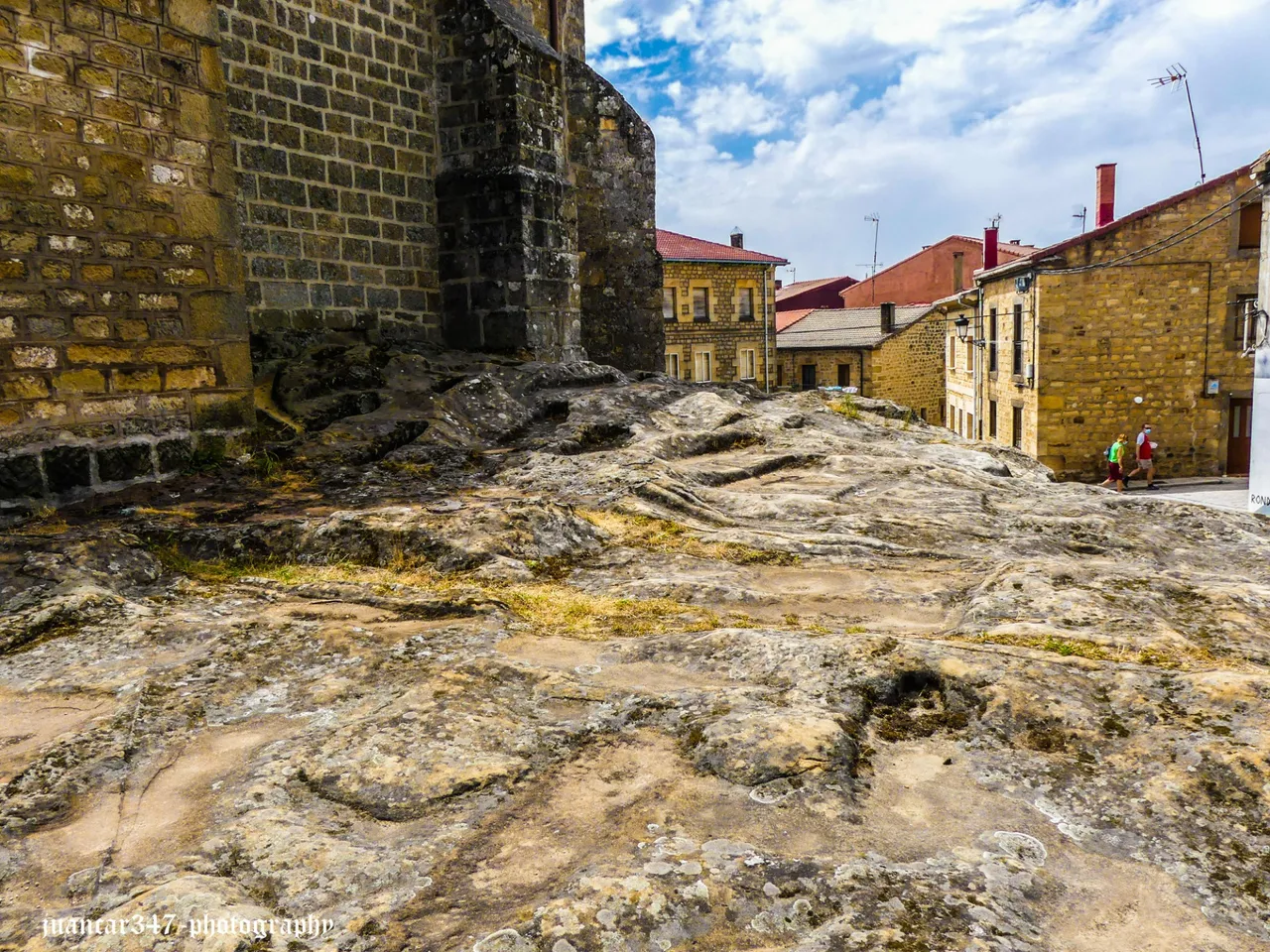
A few kilometers beyond Vinuesa, the true heart of the so-called Land and Court of Pinares, already bordering the lands of Burgos, there are picturesque-looking towns, which, strategically located, still share glimpses of what many researchers have called and not without reason, like Magical Spain.

The Spain of an ancient History, which, beginning in those times when these territories were a true Jurassic habitat that would have delighted Steven Spielberg, collects the fragmented testimonies of an Evolution, which, in its infinite wisdom, left chapters from different stages and periods, each one of them more fascinating.

Icnites that reveal the presence of the gigantic saurians; Paleolithic remains that continue with the first hominid societies; medieval necropolises, located in the heart of a virgin land; birth of rivers, such as the Arlanza, on whose banks the lighthouse of the first Christian kingdoms and settlements became a reality.

Duruelo is one of the last towns in Soria, which, located in an enviable environment, has, in the necropolis located next to its old parish church, a first-hand testimony about the life and customs of that dark early medieval period.

It is true, however, that the church has seen its original structure greatly modified over the centuries and it is not difficult to guess the acceptance of architectural norms and styles, which, breaking its original and Romanesque purity, turned it into a curious hybrid, which barely allows us to glimpse parts and elements of its primitive construction.

But both in the earth and in the living rock on which the foundations of its apse or head rest, the visitor has an unbeatable historical overview of what those first Christian cemeteries were and how, after all, the churches were the indissoluble link that united two antagonistic worlds: the earthly and the spiritual.

In fact, the custom of building cemeteries next to churches remained in force until modern times, being, approximately in the 18th and 19th centuries, when urban regulations, in anticipation of plagues, opted to build them outside the walls of the cities, a custom that has survived to this day.

The Duruelo necropolis, like all necropolises of its kind, maintains its custom or rather, its spiritual meaning, orienting the graves towards the east, that is, not only in the direction of the Holy City par excellence, Jerusalem, but in the direction where the sun rises every day, which for medieval man, represented, on a symbolic level, the long-awaited belief in the resurrection.

A small, but accurate lesson in history and symbolism, which, of course, can constitute one of the many tourist attractions of an area, which, in addition, has all the advantages of an outstanding environment and the possibility of practicing dozens of hiking routes, each more fascinating and charming.

RELATED MOVIE:
NOTICE: Both the text, the accompanying photographs, as well as the video that illustrates it, are my exclusive intellectual property and are therefore subject to my Copyright.


